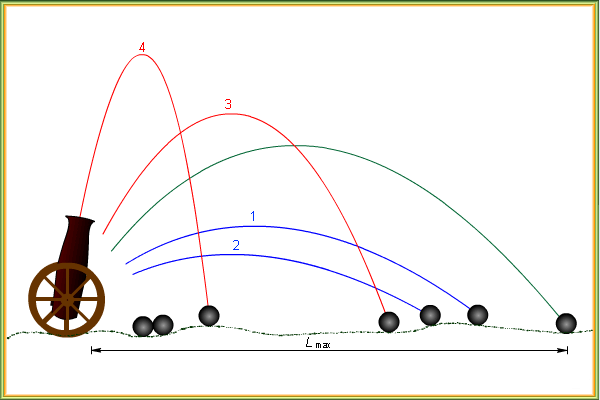Mathematical modeling of the habro-future

A week ago on Habré the next post appeared that Habr already not that. Regardless of the topics covered in it, I was interested in the issue of the rating system and karma - some see the degradation or crawling of the “wrong” resource in it.
In no way criticizing the current system and not meddling in the internal affairs of the administration, I wanted to investigate this issue from a theoretical perspective - finding the optimal user gradation system using elementary mathematical methods.
So, for simplicity, we take the existing system: karma, ratings of articles and comments, user rights depending on its rating and karma are enough. The relationship between these concepts is the essence of the sought quantities.
"Plusing" the karma of one user to another is an unknown function, it can depend on the karma of the plus, on the karma of the plus, on their rating, on the topic and level of the article in which the plus is performed and much more. Now this function is equal to one for all who can plus.
This is not ideal, since from a certain point of view it can contribute to nepotism, mutual responsibility, karma trade, and other corruption. It is quite reasonable if the increase in karma depends on certain parameters of the plus. That a pluser should be responsible for the advantages distributed (in the form of reducing his karma, for example, or justification of his action). There are many options.
There are other functions besides karma plyusovaniya, in our space of parameters of users and materials.
Take the initial set of these functions and parameters, take all users (preferably for the purity of experience, align their performance characteristics for everyone), and run the system (site). For a month, users are creative, plus, minus, and with us all the moves are recorded.
The resource administration has certain goals: for example, the presence on the site of professional materials for software development, a large conversion for sponsors and more.
Analogy
In the general sense, a resource is like a state — there is a business that is interested only in profit, there is a science that cannot exist by itself, and there is a government that redirects financial and other resources in the right direction based on long-term prospects.
A month later, the administration looks at what happened, and according to some markers and estimates, decides to change one or another of the initial functions. They change, and the system programmatically runs through all the steps of the past month to immediately get a new result at the output.
Thus, the desired functions can be selected both qualitatively and quantitatively, immediately visually observing the result. In this, IT specialists have an advantage over God, who has been doing it all for n billion years.
